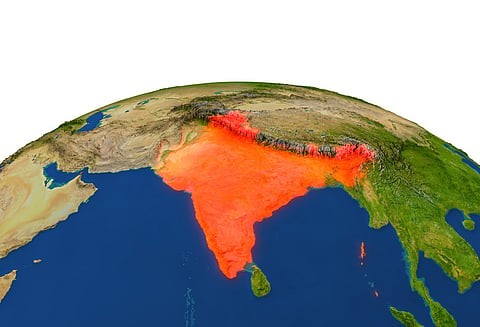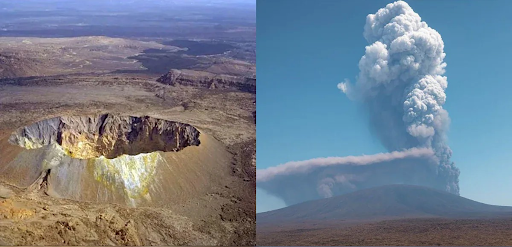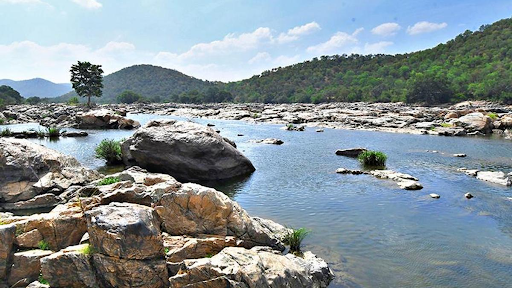Description
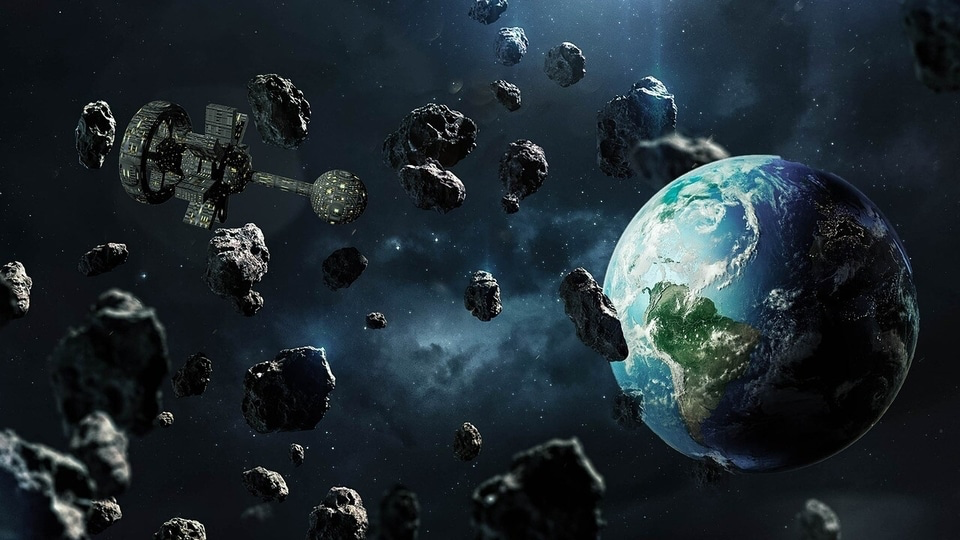
Disclaimer: Copyright infringement not intended.
Context
The Dhala crater, an impact structure located in the Madhya Pradesh region of India.
Details
- Earth has encountered numerous extraterrestrial bodies over its 4.5 billion years of existence.
- Some impacts have left significant marks on our planet, leading to major events like the extinction of dinosaurs.
- India has three meteor impact craters: Ramgarh, Lonar, and Dhala.
- The Dhala crater, located in Madhya Pradesh, has recently gained attention as Asia's largest and the world's seventh-largest impact crater.
Discovery of Dhala Crater
- Dhala crater has a diameter of 11 kilometers.
- Scientists from Allahabad University and the University of Bern, Switzerland, confirmed that the crater resulted from the collision of a rare and ancient meteorite known as Ureilite.
- The impact occurred approximately 2500-1700 million years ago.

Ureilite Meteorites
- Ureilites belong to a scarce class of primitive meteorites, making up only a small fraction of all meteorites found on Earth.
- They mainly consist of olivine and pyroxene silicate rocks.
- Ureilites contain less than 10% carbon in the form of diamond or graphite, metal sulphides, and a few fine-grained silicates.
Dhala Impact Formation
- A one-kilometer-wide Ureilite meteorite entered Earth's atmosphere at an extraordinary speed of 15 km/s.
- The meteorite collided with the granitoid rocks of the Bundelkhand craton, creating the Dhala impact structure.
Significance of Dhala Crater Study
- The discovery of the impactor material provides insight into our early solar system.
- Future research aims to understand the role of the Dhala crater in bringing water to Earth and contributing to the development of life on our planet.
|
PRACTICE QUESTION
Q) Discuss the scientific significance of the Dhala Crater and its potential implications for understanding the early solar system and Earth's history. (150 words)
|

https://tech.hindustantimes.com/tech/news/meteorite-created-madhya-pradeshs-famous-dhala-impact-crater-new-study-reveals-71690439056785.html#google_vignette







